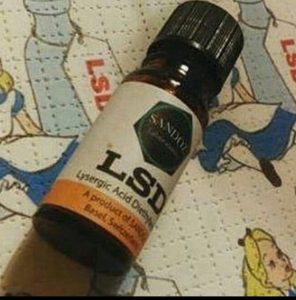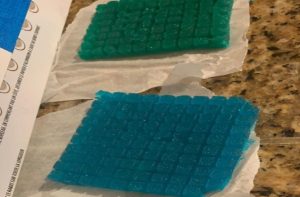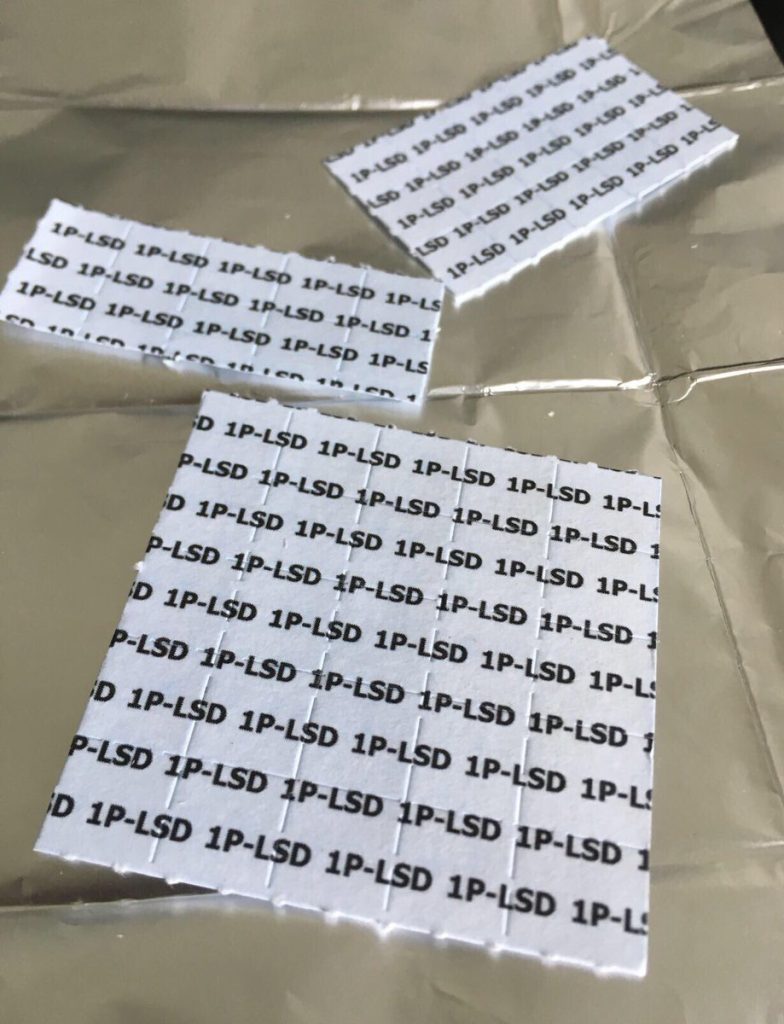The Mechanism of Action of the Hallucinogen LSD
Lysergic acid diethylamide (LSD) or Buy LSD wholesale, also known as “acid,” is one of the most potent and well-known hallucinogenic substances. Discovered by Swiss chemist Albert Hofmann in 1938, LSD’s ability to alter perception, thought, and mood has made it a focal point of both scientific research and popular culture. Understanding the mechanism of action of requires an exploration of its chemical interactions within the brain and the resultant effects on consciousness.
Chemical Structure and Pharmacokinetics of Buy LSD wholesale
Buy LSD wholesale is a semi-synthetic compound derived from ergot alkaloids, which are naturally occurring substances produced by the ergot fungus. The structure of LSD is similar to that of serotonin (5-hydroxytryptamine or 5-HT), a key neurotransmitter in the brain involved in regulating mood, perception, and cognition.
When ingested, LSD is rapidly absorbed from the gastrointestinal tract and reaches peak concentrations in the blood within 30 to 60 minutes. It crosses the blood-brain barrier efficiently due to its lipophilic nature. The effects of LSD can last for 8 to 12 hours, with its elimination half-life ranging from 3 to 5 hours. The drug is metabolized primarily in the liver and excreted through urine.

Interaction with Serotonin Receptors
The primary mechanism by which LSD exerts its effects is through its interaction with serotonin receptors in the brain. LSD has a high affinity for several serotonin receptor subtypes, particularly the 5-HT2A receptor. This receptor is predominantly found in the prefrontal cortex, a region associated with complex cognitive behavior, decision-making, and moderating social behavior.
LSD acts as a partial agonist at the 5-HT2A receptor, meaning it binds to the receptor and activates it, but not to the same extent as the natural neurotransmitter serotonin. The activation of 5-HT2A receptors by LSD leads to a cascade of intracellular events, including the release of other neurotransmitters such as glutamate and dopamine, which further modulate neural activity.

Effects on Brain Connectivity and Neuroplasticity
One of the most profound effects of Buy LSD wholesale is its ability to alter brain connectivity. Neuroimaging studies, particularly those using functional magnetic resonance imaging (fMRI) and magnetoencephalography (MEG), have shown that Buy LSD wholesale induces a state of increased global connectivity in the brain. This means that areas of the brain that typically do not communicate with each other start to do so under the influence of LSD.
This increased connectivity is believed to contribute to the characteristic hallucinogenic effects of Buy LSD wholesale, such as visual distortions, altered sense of time, and synesthesia (a condition where one sense is perceived as another, such as “seeing” sounds).
The prefrontal cortex, which integrates sensory input and regulates cognitive functions, becomes hyperconnected with other brain regions, leading to a breakdown in the typical hierarchical organization of the brain’s networks. This breakdown is often referred to as “ego dissolution,” where the sense of self becomes less distinct and more interconnected with the external environment.
Moreover, LSD has been shown to promote neuroplasticity, the brain’s ability to reorganize itself by forming new neural connections. This effect is particularly intriguing for potential therapeutic applications, as increased neuroplasticity can enhance learning and memory and potentially reverse maladaptive neural patterns associated with psychiatric disorders.
Modulation of the Default Mode Network
The default mode network (DMN) is a network of brain regions that is active during rest and involved in self-referential thinking, such as daydreaming and introspection. Under normal conditions, the DMN is anti-correlated with the task-positive network (TPN), which is active during focused external tasks.
Buy LSD wholesale significantly reduces the functional connectivity within the DMN, disrupting its normal activity. This disruption is correlated with the subjective experience of ego dissolution, as the DMN is thought to be crucial for maintaining the sense of a coherent self. Reduced DMN activity under LSD allows for a more fluid and less constrained mode of thinking, which is often described as a “trip.”

Dopaminergic and Glutamatergic Systems
In addition to its effects on serotonin receptors, Buy LSD wholesale also influences the dopaminergic and glutamatergic systems. The dopaminergic system, which involves dopamine neurotransmission, plays a role in reward, motivation, and the experience of pleasure. LSD’s interaction with dopamine receptors, particularly D2 receptors, may contribute to its stimulating and euphoric effects.
The glutamatergic system, which involves the neurotransmitter glutamate, is crucial for synaptic plasticity and cognitive functions. LSD’s ability to increase glutamate release in the cortex may underlie some of its cognitive and perceptual alterations. The enhanced glutamate signaling is thought to contribute to the overall increase in brain connectivity and the breakdown of usual sensory and cognitive boundaries.
Subjective and Behavioral Effects
The subjective effects of LSD are highly variable and depend on the dose, the individual’s mental state, and the context in which the drug is taken. Common experiences include visual hallucinations, such as seeing patterns or shapes that are not present, and alterations in the perception of time and space. Users often report profound changes in their thought processes, emotional state, and sense of identity.
Behaviorally, LSD can lead to increased suggestibility, emotional lability, and sometimes unpredictable actions. While most users do not experience long-term adverse effects, there is a risk of acute adverse reactions, such as panic attacks, paranoia, and, in rare cases, persistent psychosis.
Therapeutic Potential and Current Research
Interest in the therapeutic potential of Buy LSD wholesale has been revived in recent years, with studies exploring its use in treating conditions such as depression, anxiety, and post-traumatic stress disorder (PTSD). The mechanism by which Buy LSD wholesale may exert therapeutic effects is thought to involve its ability to disrupt maladaptive neural patterns and promote psychological flexibility through enhanced neuroplasticity and altered brain connectivity.
In clinical settings, controlled doses of Buy LSD wholesale have been used to facilitate psychotherapy, helping patients access repressed memories and emotions and gain new perspectives on their experiences. The alterations in consciousness induced by LSD can enable a deeper exploration of the self and the resolution of psychological conflicts.

Conclusion
LSD’s mechanism of action is a complex interplay of its effects on serotonin, dopamine, and glutamate receptors, leading to profound alterations in brain connectivity and function. By disrupting the normal patterns of neural activity, LSD induces a state of increased global connectivity and neuroplasticity, resulting in the characteristic hallucinogenic and mind-expanding experiences.
Understanding these mechanisms not only sheds light on the nature of consciousness but also opens new avenues for the therapeutic use of psychedelics in mental health. While further research is needed to fully elucidate the therapeutic potential and long-term effects of Buy LSD wholesale, its unique ability to alter human perception and cognition continues to fascinate both scientists and the general public.

